The modern golfer has a plethora of tools at their disposal to conquer the course, and among the most valuable is the golf rangefinder. These pocket-sized devices provide accurate distance measurements, transforming guesswork into precision. However, not all rangefinders are created equal. One crucial factor in determining a rangefinder's effectiveness is its magnification.
Magnification, simply put, is the power of the rangefinder's lens to enlarge the image of a distant object. A higher magnification translates to a closer-up view, allowing for more precise target acquisition and distance readings. But how do you know what level of magnification is right for you? Let's delve deeper.

What is Magnification?
Magnification essentially refers to the lens's power to enlarge the image of a distant object. A higher magnification level means a closer, more detailed view of your target.
The Magnification Spectrum
Golf rangefinders typically fall within a magnification range of 4x to 7x.
- 4x Magnification: Offers a wider field of view, making it easier to acquire the target quickly. It's a popular choice for beginners and those who prioritize a broader perspective.
- 5x Magnification: Provides a good balance between field of view and clarity. It's a versatile option suitable for a wide range of golfers.
- 6x Magnification: Offers increased detail and clarity compared to lower magnifications. It's a solid choice for players who value precision and those who frequently encounter challenging shots.
- 7x Magnification: Provides the highest level of magnification, offering the most detailed view of the target. However, it may result in a slightly narrower field of view, making it slightly more challenging to initially acquire the target.
Pros and Cons of Higher Magnification in Golf Rangefinders
Golf rangefinders typically boast magnifications ranging from 4x to 7x. A 4x rangefinder, for example, magnifies the target image four times its original size.
Benefits of Higher Magnification
- Enhanced Target Acquisition: Higher magnification offers a clearer, more detailed view of the flag, making it easier to pinpoint the exact center, especially on longer holes.
- Improved Accuracy: By providing a closer-up view, higher magnification can help you more accurately judge distances to various parts of the green, such as the front, center, and back.
- Better Visibility in Challenging Conditions: In hazy conditions, fog, or when playing on heavily wooded courses, higher magnification can help you see the target through obstructions and make out finer details.
- Compensation for Age-Related Vision Changes: As we age, our eyesight may naturally decline. Higher magnification can help compensate for this, allowing for easier target acquisition and more comfortable viewing.
Drawbacks of Higher Magnification
- Narrower Field of View: Higher magnification often comes at the cost of a narrower field of view. This can make it slightly more difficult to quickly scan the course and locate the target.
- Increased Weight and Size: Higher magnification often requires larger lenses, which can increase the size and weight of the rangefinder.
- Potential for Shaking: Higher magnification can amplify any hand tremors, making it more difficult to hold the rangefinder steady and acquire a stable image.

What Factors Will Influence the Magnification Choice?
Choosing the right magnification depends on a variety of factors unique to each golfer.
1. Vision and Physical Considerations
- Age-Related Vision Changes: As we age, our eyesight naturally declines. Presbyopia, the gradual loss of the eye's ability to focus on nearby objects, becomes more common. Higher magnifications can help compensate for this age-related vision loss, making it easier to see and focus on the target.
- Existing Eye Conditions: Individuals with pre-existing eye conditions such as astigmatism, nearsightedness, or farsightedness may find that higher magnifications provide a clearer and more comfortable viewing experience.
2. Playing Style and Skill Level
- Accuracy Focus: If you prioritize accuracy and strive to consistently hit precise shots, a higher magnification can be a significant advantage. It allows you to more accurately pinpoint the flag, identify subtle slopes, and assess the distance to specific hazards.
- Distance Challenges: Long hitters may benefit from higher magnification to accurately judge distances to the green, especially on longer holes.
- Course Strategy: If you frequently encounter challenging shots, such as carries over water hazards or blind shots, higher magnification can provide valuable information to help you make informed decisions.
3. Course Conditions and Environmental Factors
- Visibility: In challenging conditions such as fog, haze, or rain, higher magnification can help you see the target more clearly through the obstruction.
- Tree Cover: If the course features dense tree cover, higher magnification can help you identify gaps and potential hazards more effectively.
- Sunlight and Glare: In bright sunlight, higher magnification can sometimes help to reduce glare, making it easier to see the target.
4. Personal Preference and Comfort
- Handling and Feel: The size and weight of the rangefinder can influence comfort and ease of use. Higher magnification models may be slightly larger and heavier.
- Field of View: Consider how important a wide field of view is to you. While higher magnifications offer greater detail, they may slightly narrow the field of view, making it slightly more challenging to initially acquire the target.

How to Choose the Right Magnification of Golf Rangefinder?
- For Beginners: A 4x or 5x magnification is generally sufficient for most beginner golfers. These lower magnifications offer a good balance of clarity and field of view, making them easy to use and less intimidating for new users.
- For Intermediate Players: A 6x magnification provides a good balance between clarity and field of view. It offers a significant improvement over lower magnifications in terms of target acquisition and distance judgment, while still maintaining a relatively wide field of view.
- For Advanced Players: Advanced players who prioritize maximum clarity and precision may benefit from a 7x magnification. This level of magnification offers the sharpest image possible, allowing for the most accurate distance readings and the finest detail in target acquisition. However, it's important to note that the narrower field of view may require some adjustment.
What Considerations Also Affect the Choice of Golf Rangefinders Besides Magnification?
Range: The maximum distance the rangefinder can measure is a critical factor. Most modern rangefinders offer impressive ranges, typically exceeding 500 yards.
Accuracy: The precision of the distance readings is paramount. Look for rangefinders with high accuracy ratings to ensure you're getting reliable distance information.
Features: Many modern rangefinders offer advanced features beyond basic distance measurement
- Slope Compensation: This feature automatically adjusts distance readings to account for uphill or downhill shots, providing you with the true playing distance.
- Angle Measurement: Some rangefinders can measure the angle of the shot, which can be helpful for calculating precise distances on uneven terrain.
- PinSeeker Technology: This technology locks onto the flag and ignores other objects in the background, ensuring accurate distance readings even when the flag is obscured by trees or other obstacles.
- Vibration Alert: This feature provides tactile feedback when the rangefinder locks onto the flag, making it easier to confirm accurate readings.
Ergonomics and Design: Consider the size, weight, and overall ergonomics of the rangefinder. Choose a device that feels comfortable in your hand and is easy to hold and operate.
Price: Rangefinders vary significantly in price. Set a budget and choose a device that offers the best value for your money.

The Importance of Testing and Personal Preference
The most effective way to determine the ideal magnification for you is to try out different rangefinders in person. Visit a local golf shop or attend a demo day to experience various models firsthand.
Consider these factors when testing:
- Ease of Target Acquisition: How easily can you acquire the target with each rangefinder?
- Clarity and Detail: Assess the clarity of the image and the level of detail provided by each magnification level.
- Comfort and Handling: Evaluate the size, weight, and overall feel of the rangefinder in your hands.
- Field of View: Compare the field of view of different magnification levels to see which suits your playing style best.
Ultimately, the best magnification is the one that gives you the most confidence on the course. Choose a rangefinder that provides the clarity and precision you need while remaining comfortable and easy to use.
Wrap Up
Choosing the right magnification for your golf rangefinder is a crucial step towards maximizing its benefits on the course. By carefully considering your individual needs, playing style, and visual preferences, you can select a rangefinder that provides the ideal combination of clarity, accuracy, and ease of use.
Remember that the best magnification is the one that gives you the most confidence on the course. Don't hesitate to experiment with different models and find the one that helps you play your best golf.

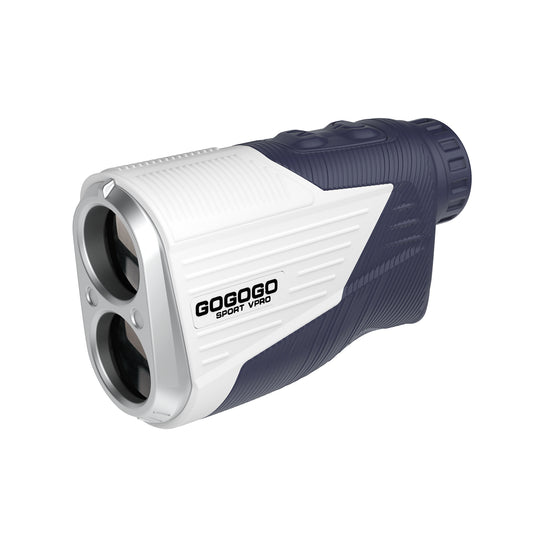
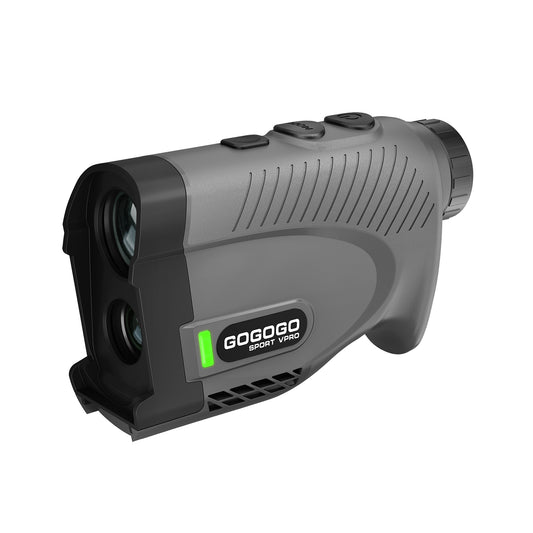
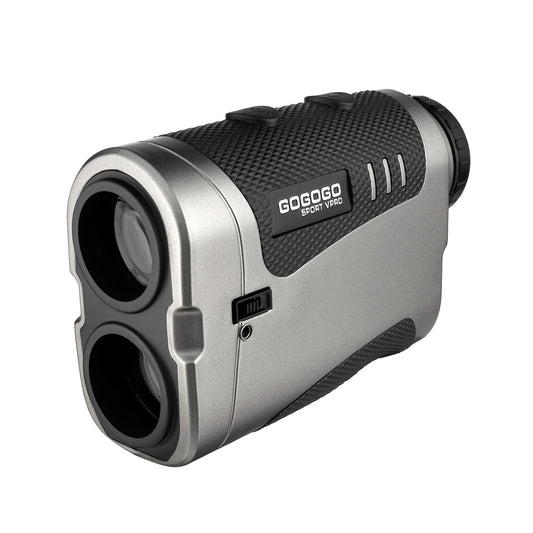
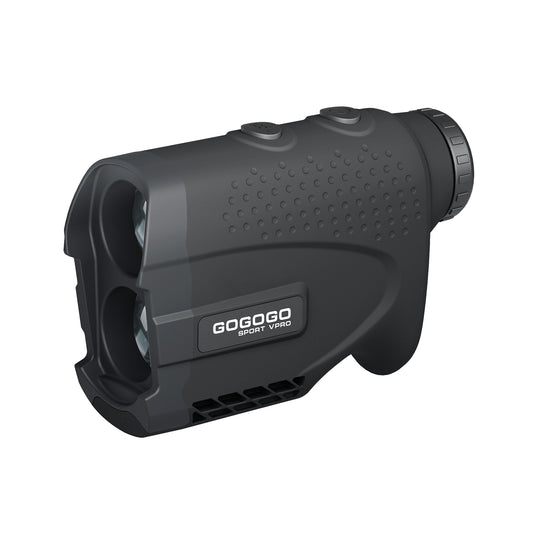
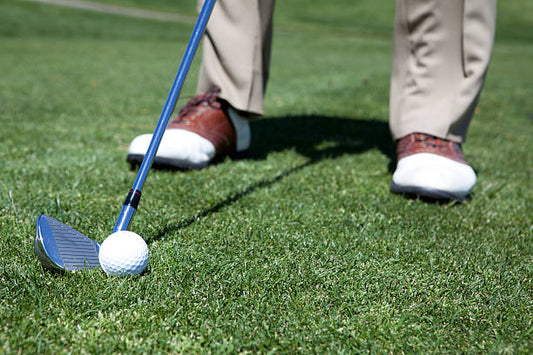
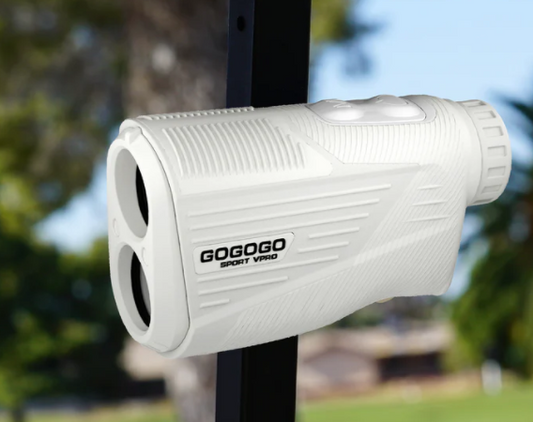

![[2025] The Ultimate Guide to Pinseeker Rangefinders for Golfers](http://gogogosport.com/cdn/shop/articles/gogogo_sport_vpro_pinseeker_rangefinder.png?v=1757993796&width=533)